There is something familiar to the look of Belmonte Castle, deep in the green mountains of Portugal’s Centro region. Its walls and towering keep are reminiscent of a scene from a Monty Python movie, where French soldiers hurl insults at a group of idiotic knights, quest-bound in search of the Holy Grail. But it is merely a first impression, from another time, another place. A lone stork takes flight from a nearby treetop, the lazy flapping of its giant wings directs my vision over the orange tiles of the village roofs, so typical of these ancient fortress villages which line the mountains of the Portuguese east along the front line of the nearby Spanish border. The air is still and quiet as if protecting a secret in this labyrinth, cobble-stoned fortress village.
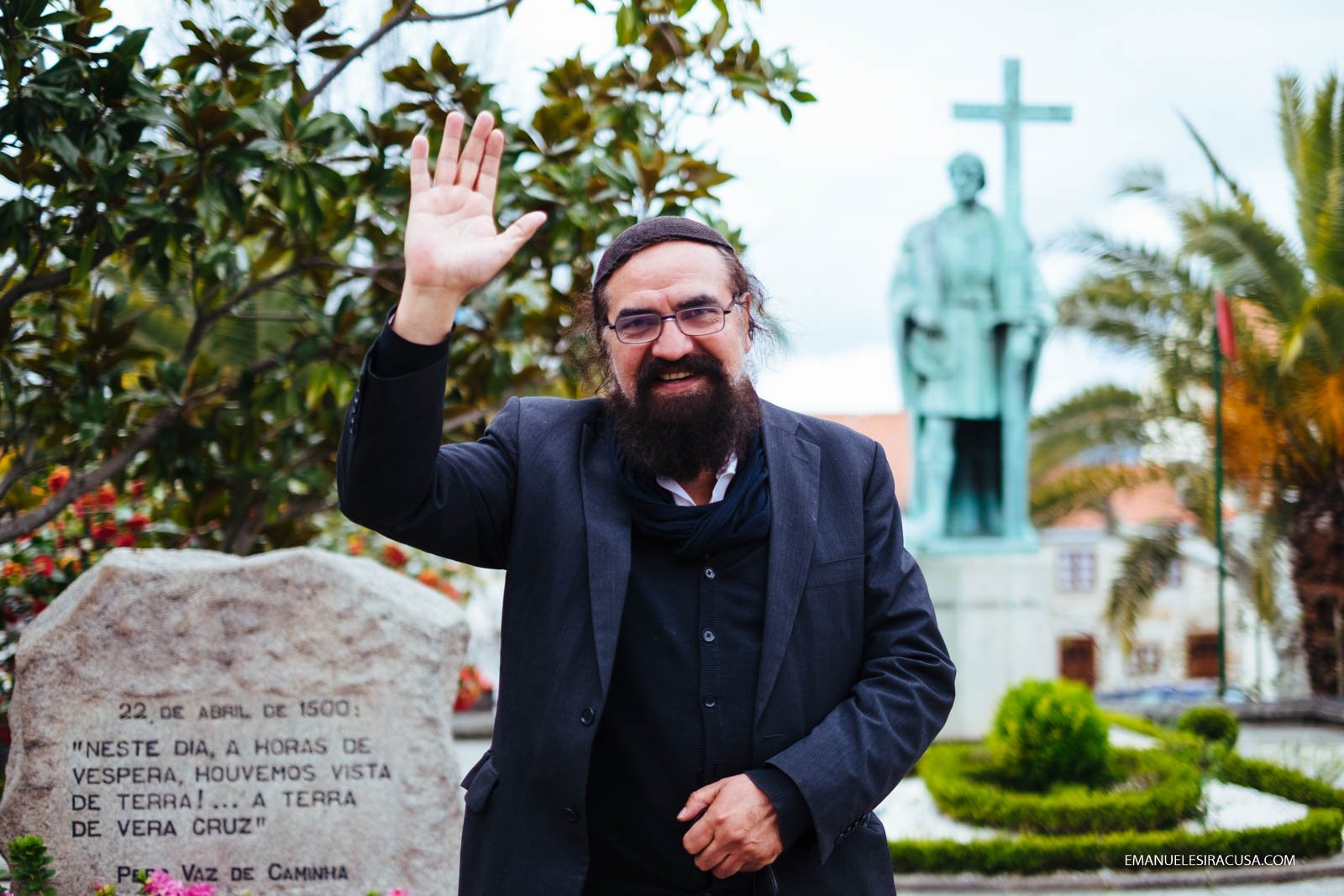
Belmonte Crypto Jews
In the village of Belmonte there are indeed secrets waiting to be uncovered; none more exceptional than a story which stretches back to a time of exclusion and persecution; to the time of the great Inquisition. For you see, Belmonte, this hidden corner of sanctuary in eastern Portugal, is home to a community of Jews exiled from their homes across the Iberian peninsula for over five-hundred years since a fateful day on December 5th, 1496 when King Manuel I decreed that all Jews must convert to Christianity or leave the country. Many of the region’s Jews complied with the King’s decree and converted openly (conversos) to avoid expulsion. Many more were deported and chose to live their open Jewish lives in new and diverse locations across the globe, from Greece to the Caribbean and beyond.

But there were others, like the Jews of Belmonte (Crypto-Jews), who, while openly converting to Christianity lived a life of duality. On the exterior they were Christians, attending churches and feast days, sharing the life and culture of their newfound neighbours and their enforced situation. But beneath that veil of external appearance the Belmonte Jews – and those from other far-flung communities – carried on the observance of their old religious values in the secrecy of their homes. Wandering the narrow backstreets and lanes of this beautifully picturesque village, the outward signs of the Jewish ‘conversion’ are still visible. Crosses etched into the stone lintels of the small butter-coloured stone homes are visible evidence to all and sundry that ‘here lived good Christians’. Today these oblique reminders are commemorated with small wooden plaques, worded in Hebrew, Portuguese, and English.

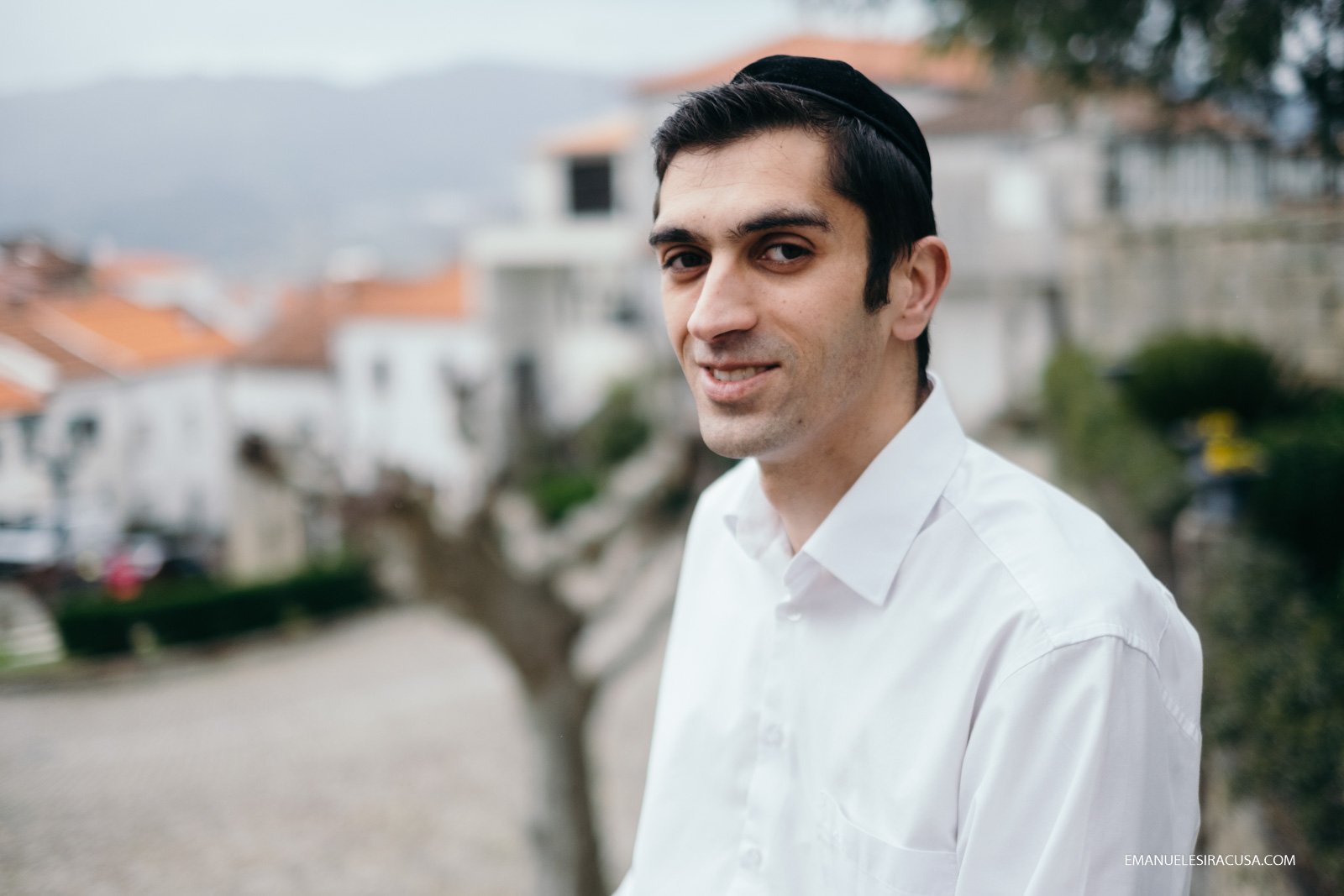
Inside the homes of the largely still secretive Belmonte Jews, the traditions and prayers were passed down from mother to daughter, to granddaughter, to great-grand-daughter ensuring the survival of their distinctive religious culture to this very day. To avoid detection, the Belmonte-Jews even forsake the ritual of circumcision and altered their kosher food preparation to throw suspicious minds off the trail. Instead of using pork in their food preparations, the Belmonte Jews exchanged pig meat for chicken and rabbit in foods such as the local, heavily seasoned sausage, Alheira. Writing in Hebrew was also abandoned and many of the Crypto-Jews took non-Jewish names. Despite this, the Belmonte-Jews secretly remained true to their faith despite the external appearances which they portrayed.
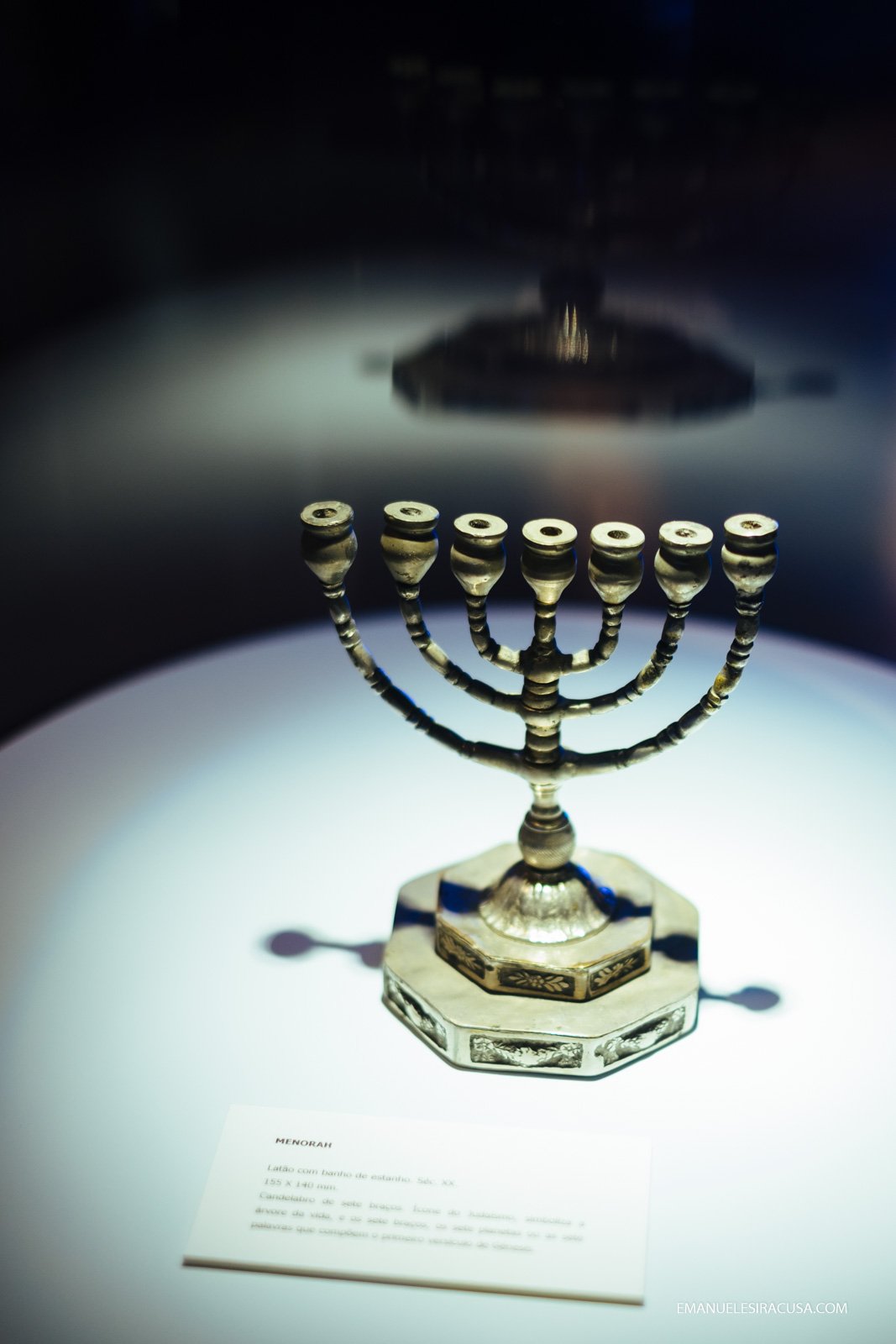

Times have changed, and despite the reluctance of the many of the local Belmonte-Jewish population to speak openly about their past – fear still runs deeps amongst oppressed peoples – things have changed. António, a young Jewish man dressed in black and white and sporting a Kippah (skull cap), stood under the canopy of a local restaurant sheltering from a passing shower and explained about the life of the Crypto-Jews in Belmonte. “In 1996, a new synagogue (Bet Eliahu) was opened in the village through donations from various worldwide Jewish communities. A rabbi was installed and things became more open. However, there are still many here who remain secretive about their heritage,” he explains as the sun breaks through the clouds.


There is also a new Jewish Museum opened in 2005 – the first dedicated Jewish museum in Portugal – which outlines the history of Judaism and the Belmonte Jews across Portugal and the Iberian peninsula, and the role which it is had played in contemporary Portuguese culture, literature the arts, and commerce. In a village with a population of just over 3,000 people, the number of Jews stands at about 250/300 individuals. At less than ten percent of the population, this small Crypto-Jewish community has reinvigorated a small fortress-topped village in the mountains of Centro, through a now booming tourist industry and through the promotion and protection of its long and secretive history. With such a history of resilience and stoicism, the story is far from over; but the question remains for how long can such a small, hidden community survive the rigours of modernism? For now, thanks to the forward thinking of many of the small community, the future for the protection of Crypto-Judaism in Belmonte lies firmly in their own careful hands and their increasing engagement with the outside world.
Belmonte and the Discovery of Brazil
Belmonte is also the location of a less secret history; the opposite in fact, a history bathed in the limelight of Portugal’s adventurous past. It was here that Pedro Álvares Cabral, the man given credit for ‘discovering’ and claiming Brazil for the Portuguese crown, was born in 1467 into a noble family, ensuring the young Cabral’s introduction to the court of King Manuel I. Little is known of Cabral’s early life, however, through some gift of greatness or favour, Pedro Álvares Cabral was chosen by King Manuel to lead an expeditionary fleet of thirteen ships and 1,200 men sailing east towards India in the wake of the great explorer, Vasco da Gama. On March 8th 1,500, Cabral set sail for the east, however while only five weeks at sea, his fleet unexpectedly spotted land. Cabral and his expedition explored and mapped this ‘new found’ land which he claimed in the name of his King and country. The land he had so, fortunately, and quickly, discovered eventually came to be known as Brazil after the brazilwood trees found in abundance and the source of a lucrative industry for Portuguese traders.
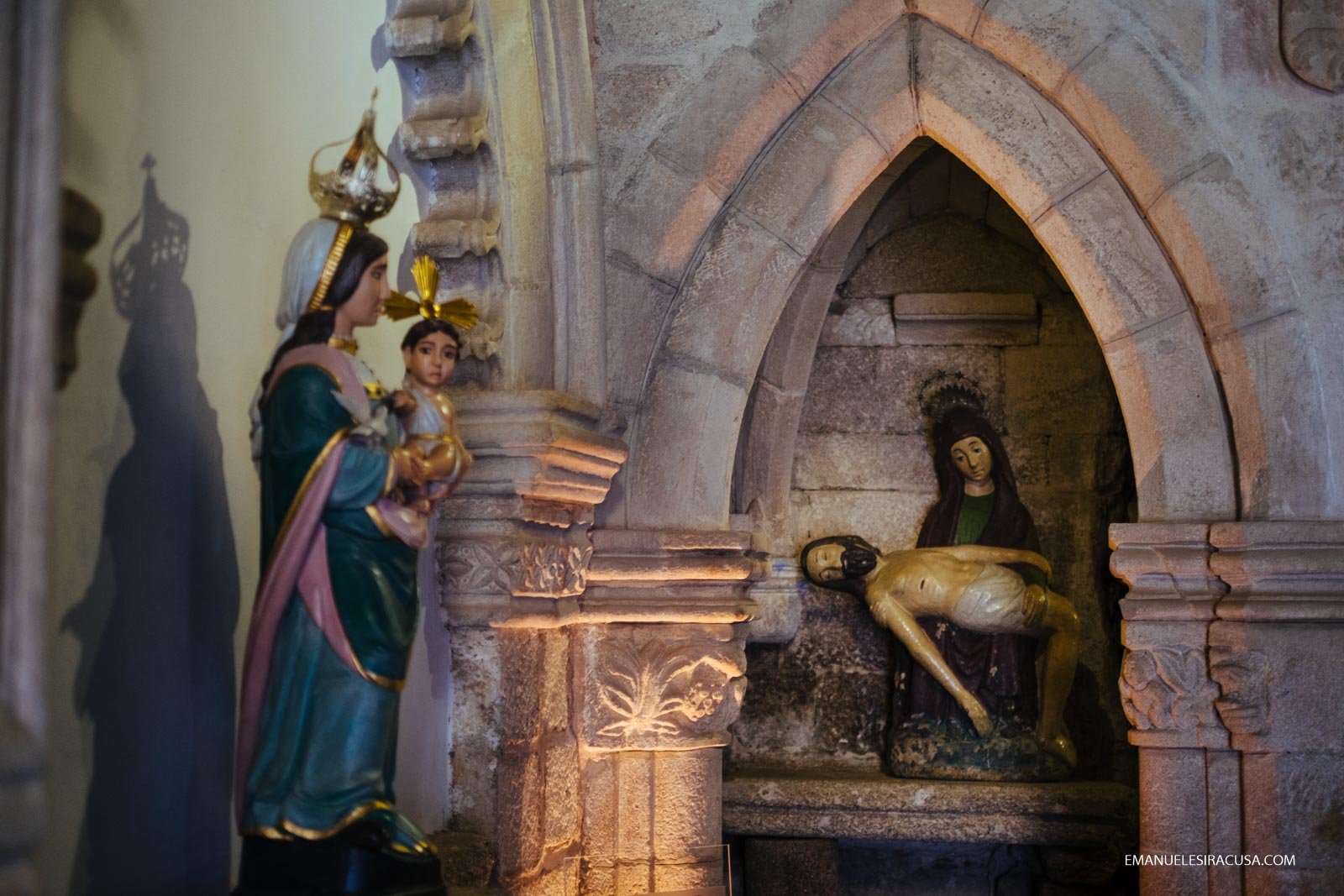
Was Cabral the first explorer to ‘discover’ the new lands of Brazil, or had recently re-drawn nautical boundaries sent him on a deliberate mission to claim the lands? These questions still divide academics and historians over five centuries later. But one thing which cannot be argued over is Cabral’s eminent place in the village of Belmonte. Along with the hulking remains of the Cabral family castle, which frames first views of this quaint place, a statue of the famous explorer stands proudly in the hamlet’s main square. The family church has been restored immaculately and includes what is said to be the actual statue of Christ which accompanied Cabral on his voyages. The tomb of Cabral’s family members lies in state near the church’s altar in slatted ribs of light where motes of dust drift on the air. Their presence still tangible.

The village also boasts an impressive interpretive centre (Centro de Interpretativo de Belmonte) outlining the history of the discovery of the ‘new world’ and the subsequent relationship with all things Portuguese; its indigenous peoples, its ecology and nature, its major exports, its food and drinks, its links to slavery, its independence and its place of pride in the world of football. It’s no wonder so many visitors hailing from Brazil make this small, but beautiful mountain village, a place of pilgrimage and the first port of call while visiting Portugal.


This Belmonte in Centro de Portugal post is a part of a series of 9 posts I wrote based on my journey to Beira Baixa in March 2016. Please find the links o the other articles bellow:
Beira Baixa in Centro de Portugal
Parque Natural do Tejo Internacional
Portuguese Cherry Daiquiri Recipe
Portuguese Beira Baixa Olive Oil
Disclaimer:
This Belmonte in Centro de Portugal post was written by my inspiring friend Brendan Harding as part of my ongoing collaboration with the Centro de Portugal Tourism Board. All opinions are my own. Photo credits to my inspiring friend Emanuele Siracusa.
Brendan Harding
My name is Brendan Harding and I was born and raised in Ireland – that small teddy-bear-shaped island which clings to the edge of the European landmass.
8 Comments
Add comment Cancel reply
This site uses Akismet to reduce spam. Learn how your comment data is processed.


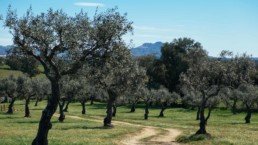
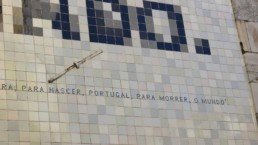

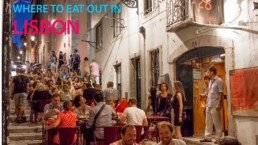

[…] Belmonte in Centro de Portugal […]
[…] Belmonte in Centro de Portugal […]
[…] Belmonte in Centro de Portugal […]
[…] Belmonte in Centro de Portugal […]
[…] Belmonte in Centro de Portugal […]
[…] Belmonte in Centro de Portugal […]
[…] Belmonte in Centro de Portugal […]
[…] Belmonte in Centro de Portugal […]